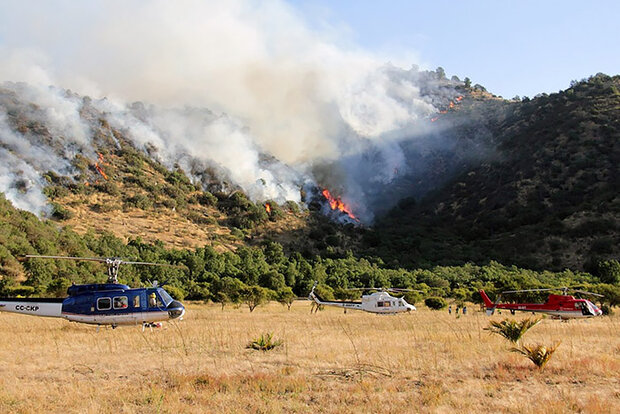How declining humidity contributes to wildfire risk in the U.S. Southwest

Helicopters deployed near a vegetation fire. Credit: Pixabay

Helicopters deployed near a vegetation fire. Credit: Pixabay
The Climate Program Office’s Modeling, Analysis, Predictions, and Projections (MAPP) Program and National Integrated Drought Information System (NIDIS) supported a new study that addresses a dramatic forest fire increase in the American Southwest over the past 50 years. The capacity for moisture in the air usually increases with temperature, but humidity unexpectedly decreased in the southwest from 1970-2019, effectively drying the air during the summer forest fire season. The results, published in the Journal of Hydrometeorology, identify a decline in precipitation preceding the summer season as a key factor, leading to reduced soil moisture and evapotranspiration, highlighting the crucial role of atmospheric moisture content in shaping fire-prone conditions in the Southwest. The authors of this study included funded researchers Richard Seager, Isla Simpson, and Haibo Liu, who are supported by three different CPO grants to investigate factors influencing the evolution and severity of drought. This study builds on previously published research on this surprising moisture trend, and more specifically examines the drivers, identifying roles of vegetation in influencing wildfire risk.